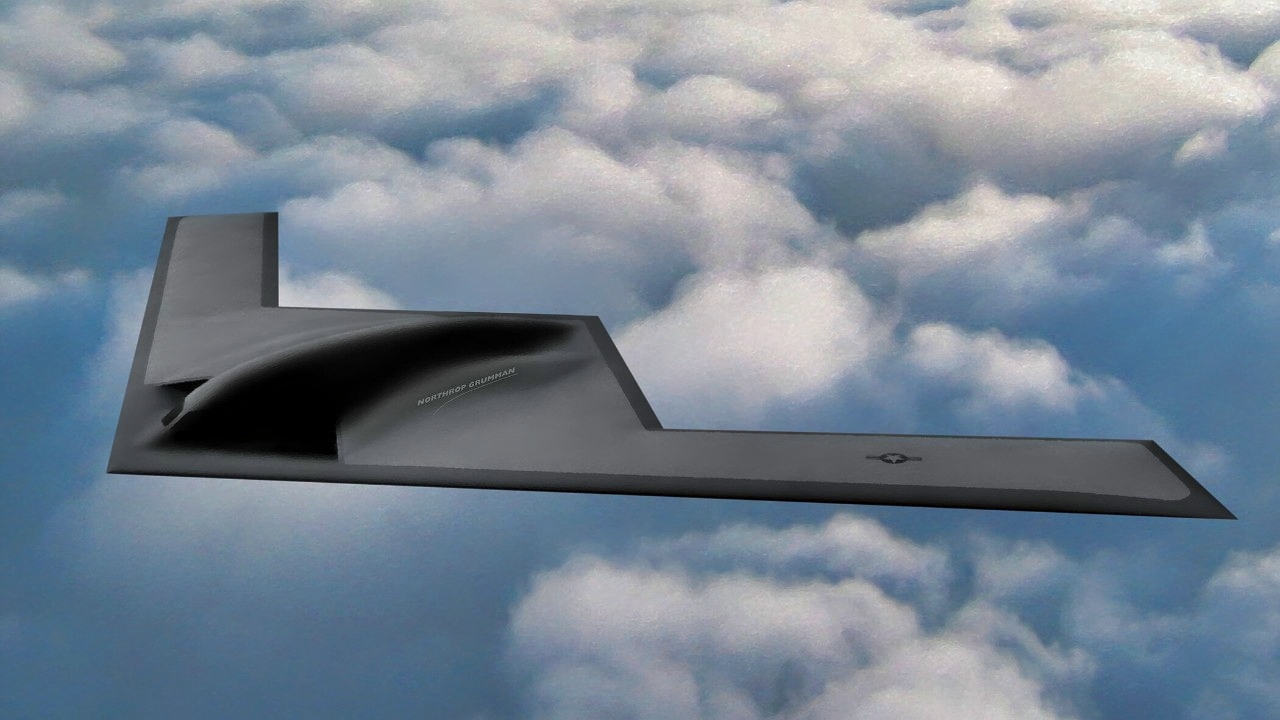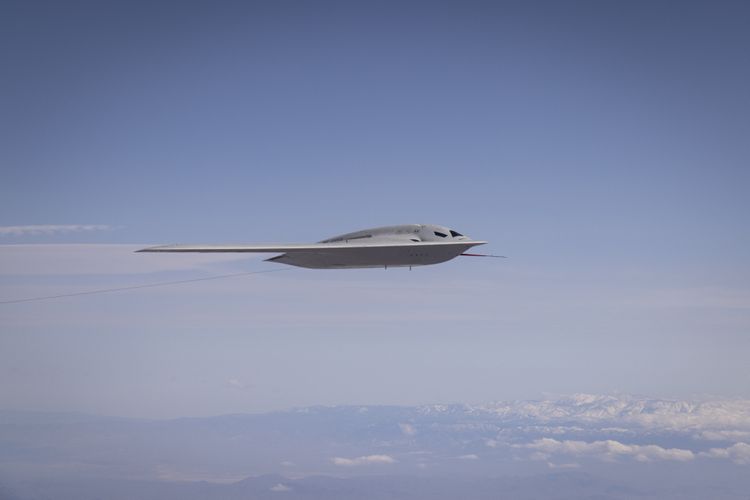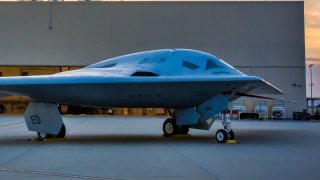B-21 Raider Bomber Has Just One Goal: Beat Russia or China in a War
Recognizing the need to stay ahead of adversaries like Russia’s PAK-DA and China’s H-20, the Air Force initiated the B-21 Raider program in 2011. Developed by Northrop Grumman, the B-21 features a flying wing design for enhanced lift, reduced drag, and extended range.
What You Need to Know: Strategic bombing, originating in World War I with German zeppelins bombing London, has evolved into a crucial military strategy aimed at undermining enemy morale and economic capacity.

-The U.S. Air Force currently operates three strategic bombers: the enduring B-52 Stratofortress, the supersonic B-1B Lancer, and the stealthy B-2 Spirit.
-Recognizing the need to stay ahead of adversaries like Russia’s PAK-DA and China’s H-20, the Air Force initiated the B-21 Raider program in 2011. Developed by Northrop Grumman, the B-21 features a flying wing design for enhanced lift, reduced drag, and extended range.
-Planned acquisitions of 100 B-21s aim to replace the older B-1B, B-2, and potentially the venerable B-52, ensuring continued strategic superiority.
B-21 Raider: The Next Generation of U.S. Strategic Bombers
Strategic bombing made its advent during the First World War, when the German Empire sent zeppelins to bomb London. It soon became widely recognized as a powerful tool in any total-war scenario.
Strategic bombing seeks to degrade an enemy’s morale while diminishing their economic ability. It brings the war to the enemy’s home.
Much has changed since the era of large airships dropping incendiaries and grenades. Constant improvements have produced bombers with payloads of thousands of pounds, often including nuclear weapons as well.
The U.S. Air Force currently has three strategic bombers in its stable — the venerable B-52 Stratofortress, the B-1B Lancer, and the B-2 Spirit. Each fulfills a different role. The Stratofortress is the heavy hitter, with a 70,000 lb payload.
The Lancer is supersonic, using high speed to evade enemy anti-air capabilities. The Spirit is the most advanced of the three, using stealth capabilities and a low radar cross-section to penetrate deep into enemy airspace.
What makes the B-21 so formidable?
While all three bombers remain viable, the Air Force recognizes the need for continued development. Nothing stands still, after all, and the U.S. needs to stay ahead of Russia’s PAK-DA and China’s H-20 stealth bomber programs.
Work began in 2011 on developing the next generation of air Force bombers, and Northrop Grumman’s B-21 Raider was selected.
The B-21 Raider has one mission: to win a great-power war. That means conflict with Russia or China.

In form, the B-21 is highly similar to the B-2 in that it utilizes a flying wing design. Rather than the typical aircraft shape of a fuselage with wings, stabilizers, and a tail attached, the B-21 resembles one large wing. This configuration increases lift while reducing drag.
It requires less power to fly and increases the bomber’s range, as well as the time it can remain on station before needing to refuel.
Progress on the Platform
The Air Force plans to acquire 100 Raiders, enough to retire its fleets of 45 B-1Bs and 20 B-2s.The Raider might even allow the Air Force to phase out the B-52, a platform that has been flying for more than 70 years.
These priorities could change, however, as global events and political considerations affect defense spending.
The Air Force originally intended to purchase over 100 B-2s, but the end of the Cold War and the military drawdown that followed drastically reduced that number.
About the Author
Maya Carlin is an analyst with the Center for Security Policy and a former Anna Sobol Levy Fellow at IDC Herzliya in Israel. She has by-lines in many publications, including The National Interest, Jerusalem Post, and Times of Israel. You can follow her on Twitter: @MayaCarlin.
Image Credit: Creative Commons.


